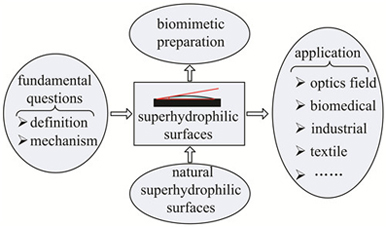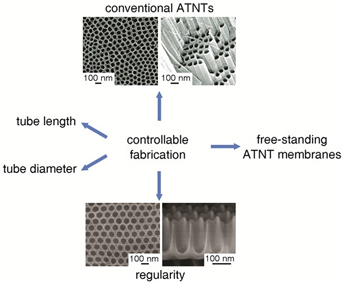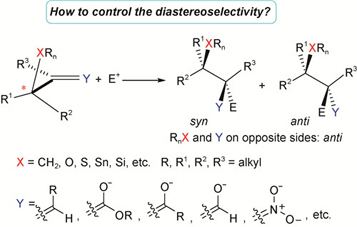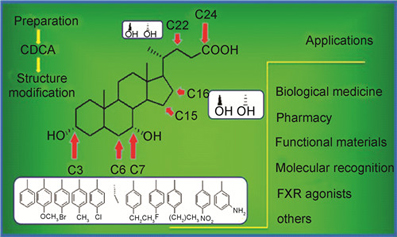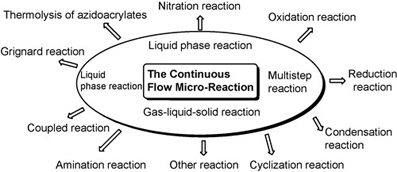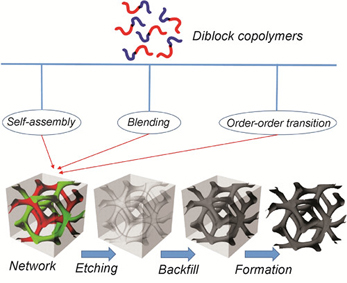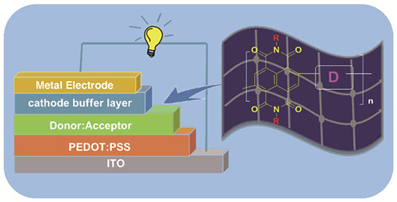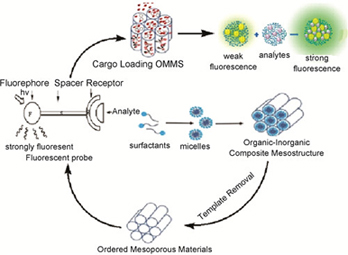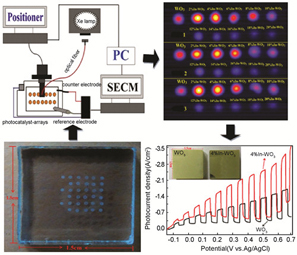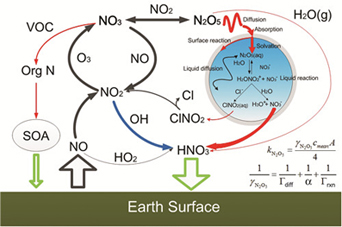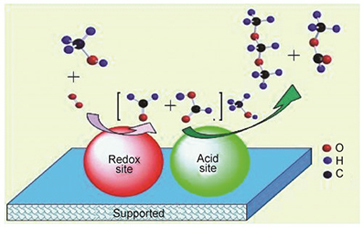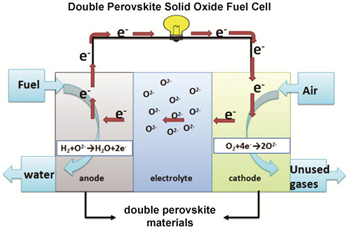Particulate pollution is a major air pollution problem in Chinese mega-cities. Under such conditions, the atmospheric gas-phase chemistry is strongly influenced by heterogeneous reactions, of which to quantify the heterogeneous reaction processes of N
2O
5 is essential for the understanding of the nighttime oxidation capacity, regional NO
x budget, photochemical ozone prodution, etc. In this paper, we extensively review the research progress of the N
2O
5 heterogeneous reaction processes such as its reaction mechanism, measurement techniques of the corresponding uptake coefficient (γ
N2O5) and the measurement results on different aerosol substrates. The heterogeneous reaction processes of N
2O
5 is a typical reactive uptake process which can be ideally studied by the aerosol flow tube system. The corresponding laboratory kinetic studies are started from model aerosols (sulfate), and evolved to be more realistic aerosols according to the accumulated knowledges on the aerosol properties obtained in field studies. It is found that the γ
N2O5 varied from 0.001 to 0.2 on different aerosol substrates, more than two orders of magnitude. The variation is influenced by the ambient temperature, relative humidity, mixing state, phase state, aerosol chemical compositions like NO
3-, Cl
-, SO
42-, liquid water content (LWC), organics, etc., of which the uptake coefficient is higher with higher LWC, Cl
-, SO
42- while lower with higher NO
3- and organics. The avaiable field studies in the United States and Europe showed that, to describe γ
N2O5, these impact factors can't be independently expressed; and the dependence seems to be very complicated and cross correlated. Therefore the state of art parameterization methods of γ
N2O5 developed from lab kinetic studies are still not able to describe the field observations. Since high aerosol loading and high N
2O
5 are always co-located at urban aeras, more field observations and sucessful parameterization of γ
N2O5 is proposed to be conducted in typical urban conditions including Chinese megacity regions.
Contents
1 Introduction
2 Proposed Mechanisms of the N2O5 heterogeneous uptake
3 Measurement of the heterogeneous uptake coefficient of N2O5 in the simulated system
3.1 Measurement techniques
3.2 Measurement results on different aerosol substrates
4 Measurement of the heterogeneous uptake coefficient of N2O5 in the field
5 The parameterization of the heterogeneous uptake coefficient of N2O5
6 Conclusion and outlook









